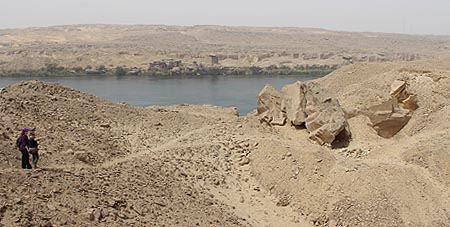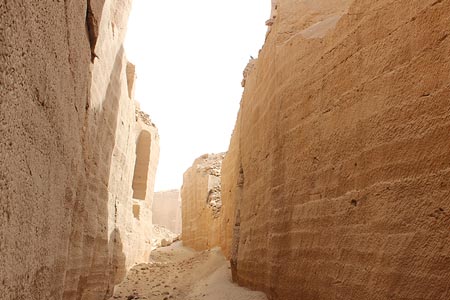
GET INVOLVED WITH FRIENDS OF SILSILA |
• HOME
• WHO WE ARE
• TEAM
• HISTORY
• GALLERY
• QUARRIES
• MONUMENTS
• ARTICLES
• SPONSORS
• VOLUNTEER
• RESULTS
• MEMBERSHIP
• LINKS
• CONTACT
|
A BRIEF HISTORY OF THE SITE OF GEBEL EL SILSILA
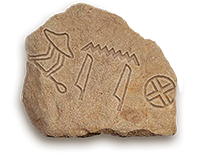
Known to the ancients as Kheny, the ancient site of Gebel el Silsila features ancient Egypt’s largest series of sandstone quarries and a quarryscape that covers c. 30 km2 (11.5 mi2) stretching out on both sides of the Nile.
Gebel el Silsila was once the world’s largest sandstone quarry from which the ancients extracted stone to build the renowned temples of Karnak, Luxor, Ramesseum, Edfu and Dendera, to mention but a few.Thirty-two cenotaphs and the so called Speos of Horemheb are located along the Nile shore on the west bank, in addition to which the site contains dozens of stelae, commemorating chapels and a series of tombs.
Even more stelae are found on the east bank, along with various sandstone workshops. The quarries and cliffs are preserved with a great variety of graffiti ranging from prehistoric pictographs, hieroglyphic, hieratic, demotic, Greek and Coptic inscriptions to figurative representations dating from Old Kingdom and throughout all subsequent ancient periods.
Uniquely, the site contains Egypt’s largest collection of quarry marks. Except for the minor excavations carried out by G. Legrain and A. Sayce in the late 19th and early 20th century Gebel el Silsila has never been properly excavated. As a consequence, all archaeological reference to the site is limited to material visible on the surface.
It was made the responsibility of Egypt Exploration Society to survey Gebel el Silsila by R. A. Caminos and T. G. H. James in 1955. However, their work resulted in only one monograph. Until the Swedish mission begun its work in 2012, no full archaeological study had been made at Gebel el Silsila.
.
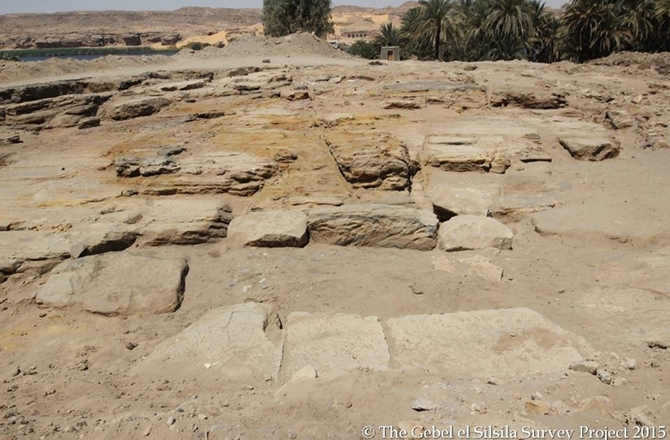
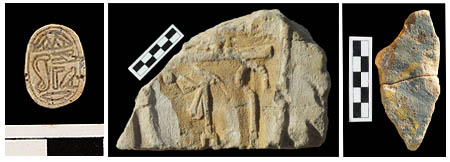
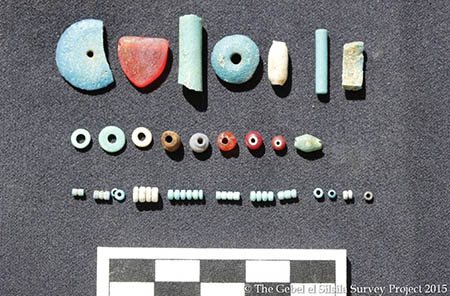
Your support is vital in enabling the FRIENDS of SILSILA to fulfill its mission to share this ancient site and its treasures with the world.
The Friends of Silsila relies on funding from a wide range of sources and there are many ways that you can donate to help ensure the continued archaeological work, guardianship, care and preservation of this ancient historic site for future generations.
All donations are made in USD.
Please check the conversion table below.
CURRENCY CONVERSION $1 USD = 8.36 SEK (Swedish Krona) $1 USD = 0.64 GBP (British Pound) $1 USD = 7.64 EGYPTIAN POUNDS $1 USD = 0.91 EURO
CLICK IMAGES TO SEE LARGER VERSIONS...


